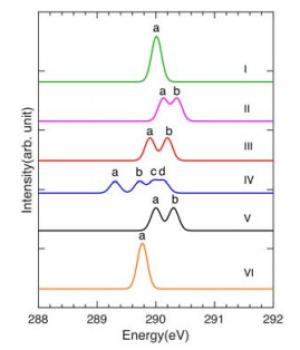

With a small amount of nitrogen (3.4 at.%) doping into the DLC film, the resistivity of DLC the films was significantly reduced and the electrochemical activity was enhanced. In addition, arc droplets produced during the AIP process enlarged the surface area of the DLC films and thus enhanced the electrochemical activity of the electrodes. The introduction of multi-layer of Ti/TiC by an arc ion plating (AIP) technique between the DLC film and the Ti substrate enhanced the adhesion force of the DLC film to the Ti substrate, resulting in a large increase of the electrode lifetime. The effects of the arc interlayer, nitrogen doping, and post-annealing process on the adhesion force, electrical, and electrochemical properties of the electrodes were systemically investigated in this study. In this study, various kinds of electrodes, the DLC films on metal Ti plates were synthesized by the PECVD technique. The low electrical conductivity of DLC film and its poor adhesion to metallic substrates are the main drawbacks of DLC film for electrode applications such as waste-water treatment.


 0 kommentar(er)
0 kommentar(er)
